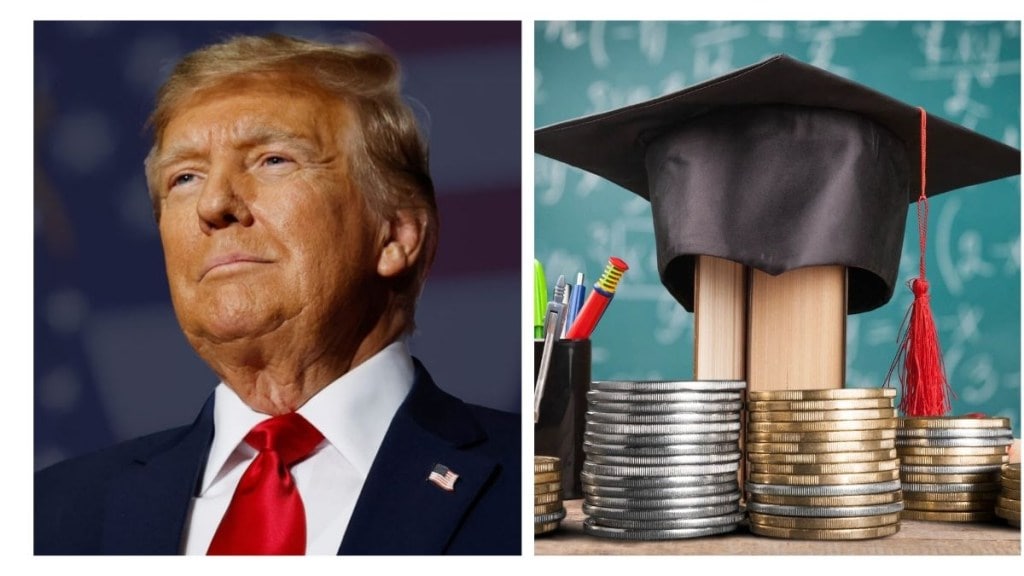Federal student loan borrowers are bracing for major changes after both chambers of Congress passed President Donald Trump’s sweeping new tax-and-spending legislation. Dubbed as the “One Big, Beautiful Bill,” the nearly 900-page measure was approved by a narrow 218-214 House vote on July 3, following a day-long round of negotiations. It now awaits Trump’s signature.
While the bill’s headline focus is making permanent the 2017 Trump-era tax cuts, it also introduces sweeping rollbacks to benefit programs, clean energy incentives, and significantly overhauls the federal student loan system, raising alarm among future borrowers and education advocates.
Key changes to Federal student loans
The bill ushers in a series of structural changes to federal student loans, primarily targeting future borrowers. Graduate students will be subject to a lifetime borrowing cap of $100,000. For those pursuing medical or law degrees, the cap will be $200,000. Parent PLUS loans, which allow parents to borrow on behalf of their undergraduate children, will be capped at $65,000 and will no longer be eligible for income-based repayment programs.
The number of repayment plans will be reduced to just two, a standard repayment plan that spreads payments over 10 to 25 years, depending on loan amount, regardless of income, a repayment assistance plan, which ties monthly payments to between 1% and 10% of a borrower’s discretionary income.
Impact on loan forgiveness
A major shift in the bill is the elimination of most loan forgiveness programs. It also dismantles the Biden-era SAVE (Saving on a Valuable Education) repayment plan, which was designed to lower monthly payments for low-income borrowers. The bill requires current SAVE enrollees approximately 8 million people to transition to a new repayment option between July 2026 and June 2028. Those who don’t make the switch by July 1, 2028, will be automatically enrolled in the Repayment Assistance Plan based on discretionary income. Graduate, medical, and law students will be among the hardest hit, as new borrowing limits will affect their ability to finance advanced degrees. Part-time students will also face reduced access to deferment or forbearance options and tighter lending restrictions.
Who will be affected?
The proposed changes will largely affect new federal student loan borrowers, rather than the more than 40 million Americans already holding student debt. However, current borrowers enrolled in Biden’s SAVE plan may still be impacted depending on the outcome of ongoing legal challenges.
Beyond education, the bill also includes sweeping cuts to key social safety nets. It rolls back former President Joe Biden’s clean energy tax credits, introduces narrow tax breaks for tips and overtime, and scales back Medicaid—potentially leaving up to 12 million Americans uninsured. Additionally, it will reduce access to the Supplemental Nutrition Assistance Program (SNAP) for around 2 million people.
President Trump’s signature is expected on July 4, during a White House ceremony coinciding with a military flyover featuring F-22s, F-35s, and B-2 bombers. If signed into law, the bill will mark one of the most dramatic federal education and welfare reforms in recent memory.

